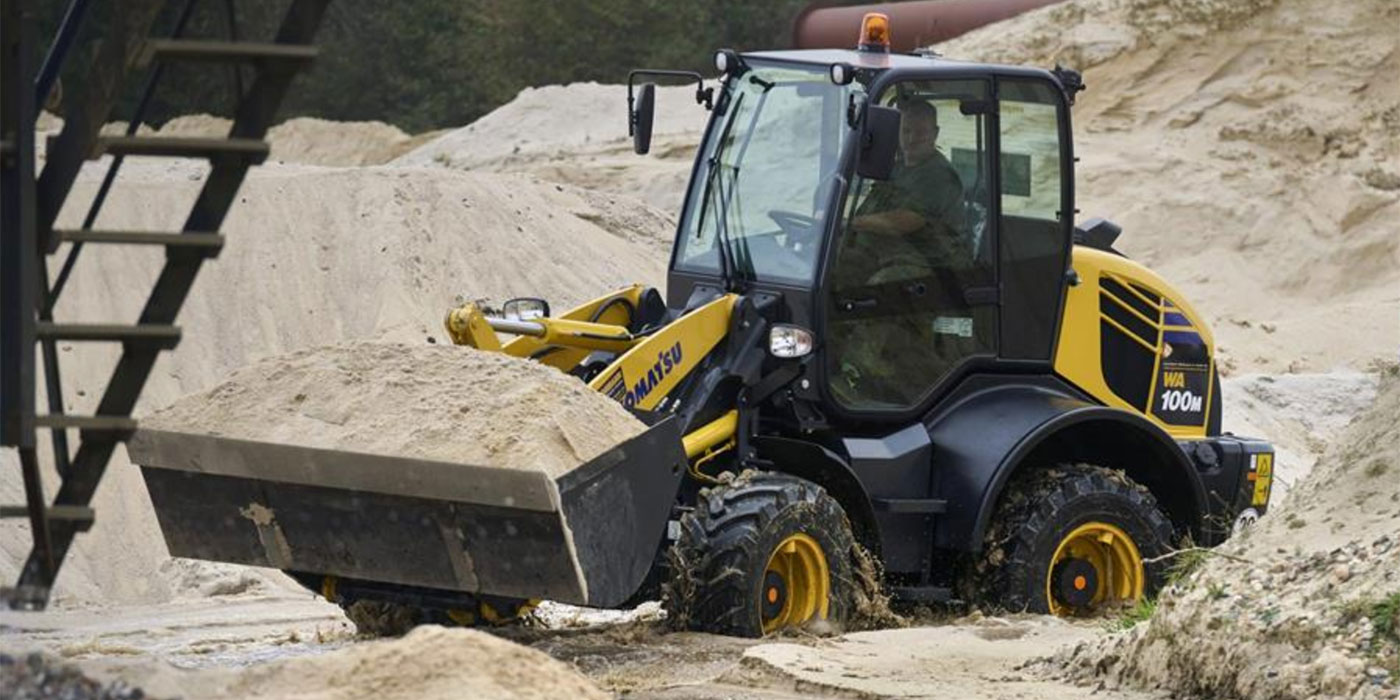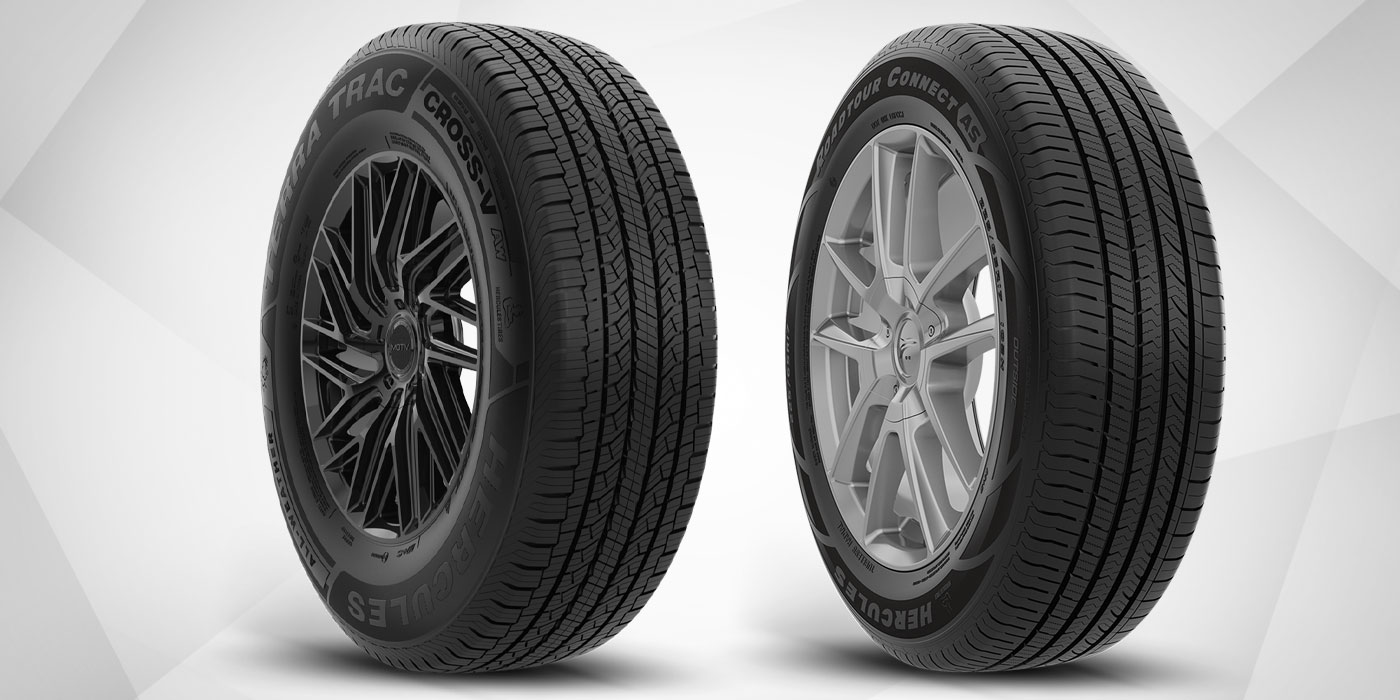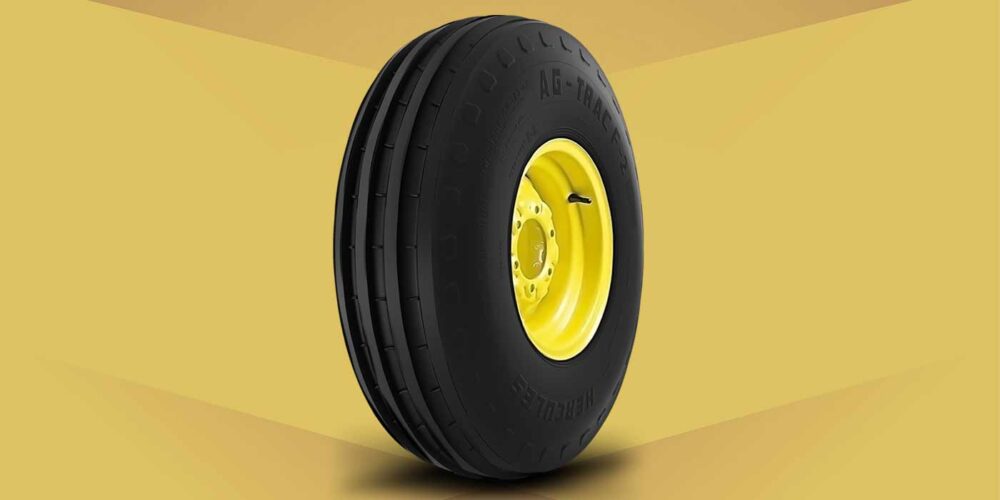Every two years, the Rubber Manufacturers Association (RMA) publishes a report titled “Scrap Tire Markets in the United States” (www.rma.org./scrap_tires), widely respected for its comprehensive data collection and analysis.
Approximately 300 million tires reach scrap status annually in the U.S., equating to one tire for each person. More than 88% of these are light-duty tires, while slightly less than 12% are commercial tires.
Of the commercial tires, approximately half are discarded in favor of replacement tires, while the other half are removed from trucks and buses that are themselves are being scrapped.
Scrap tire management can be analyzed by considering these two sources. First are those that reach unusable status and are removed from vehicles in favor of new or retreaded replacements. Second are those in legacy scrap piles that have been accumulated and/or stored awaiting some future disposition. The challenges and opportunities for these two sources are very different and are regionally divided.
Overall, scrap tires remaining in stockpiles have been reduced by over 81% from 1980 to 2006. Today, 85% of the remaining stockpiled tires are concentrated in seven states: Alabama, Colorado, Connecticut, Michigan, New York, Pennsylvania and Texas. At the other end of the spectrum are North Carolina, Maine and South Carolina, which have very few, if any, tires left in stockpiles.
Nearly all tires reaching “scrap” status are being sent to final dispositions rather than being stockpiled. The majority, about 86%, go to productive markets while the remaining 14% are sent to legal landfills.
The largest market for scrap tires is tire derived fuel (TDF), accounting for 52% of all scrap tires generated. TDF contains a higher BTU content per pound than high-quality coal and has increased in popularity due to elevated energy prices, improvements in TDF quality and reliable delivery, and technology advancements in equipment necessary to burn TDF.
Tire processing systems that provide higher steel recovery also have benefited the TDF market by providing improved quality fuel chips while separating steel so it can be sold to recycling markets. Cement kilns, pulp/paper manufacturing, industrial boilers, and utility boilers account for most of the TDF tonnage. In March 2005, the EPA issued a supportive fact sheet recognizing the high energy content of TDF and encouraging its usage, based on over 15 years of experience with more than 80 facilities, as a viable alternative to fossil fuels.
Civil engineering applications account for the second largest (16%) use of scrap tires. The tire pieces used for these applications are called tire-derived aggregate (TDA) and are desirable for physical properties such as permeability, vibration damping and structural stability. One developing application is the use of TDA mixed with subgrade soils under roadbeds in Northern climates. The high permeability allows excess water drainage while providing insulation to reduce road surface damage from freeze-thaw cycling.
Ground rubber applications account for the third largest (12%) productive use of scrap tires. This rubber is classified by mesh size of the particles and is typically mixed with other materials and binders. Products like floor mats, recreational surfaces and a wide variety of molded and extruded goods utilize ground rubber for its flexibility and energy absorption properties.
However, several problems remain. Most important is that scrap tires are expensive to transport and local market development is critical to ensure economics that encourage responsible scrapping channels. In some areas today, it is still less expensive to pay for disposing of tires in legal landfills. However, landfilling tires is not a market, simply a disposal option.
The use of TDF often requires modifications to the firebox structure, exhaust gas scrubbers and other equipment to convert coal or other fuel source facilities to TDF or dual fuel use. It is important to be aware of local scrap tire markets and options to ensure ongoing progress in this crucial area.













